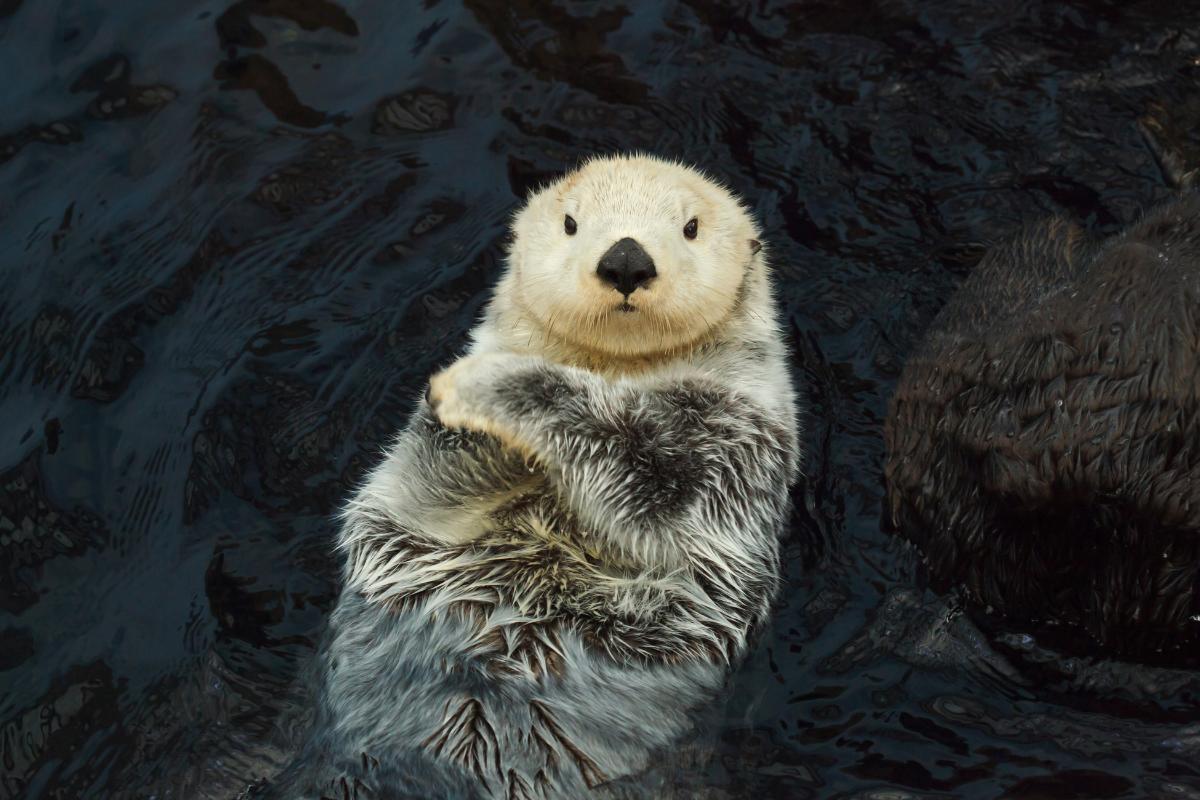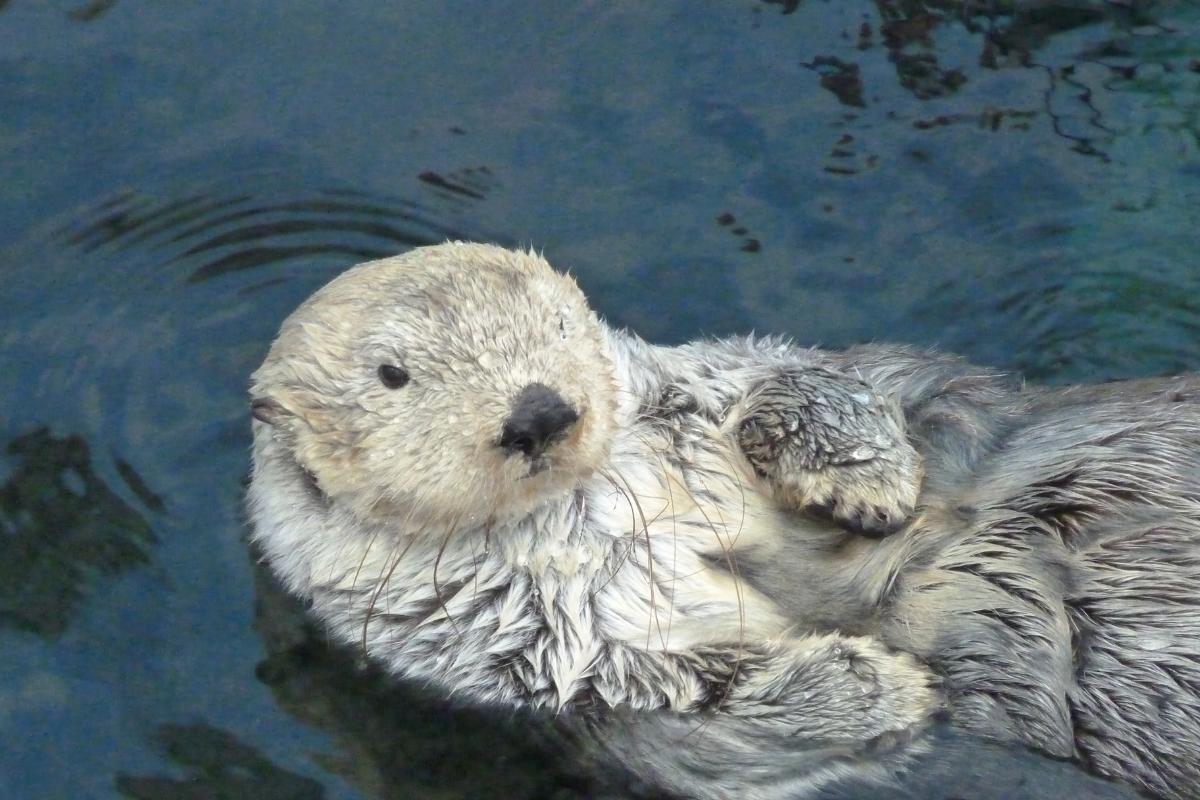Do Otters Have Pouches?


Otters do not have a pouch like kangaroos or other marsupials. If you think that you have seen a pouch on an otter because they carry objects in what looks like a pocket, there is another explanation. This is thanks to both their morphology and their intelligence, being considered some of the best users of tools in the animal kingdom. An ability to carry objects while having their hands free is very helpful in the aquatic environment since it allows them to swim better. Understanding how and why this happens, we need to look at both the anatomy and the behavior of otters.
At AnimalWised, we ask do otters have pouches? We look into the intriguing world of otter behavior and how they adapt to their environments, whether sea otters or river otters.
Do otters have pouches?
No, otters do not have pouches. True anatomical pouches are rare in the animal kingdom. They are most associated with marsupials such as koalas and kangaroos. These pouches are used for rearing their young, protecting them from the environment outside since they are in a very underdeveloped stage. Some animals such as pelicans or hamsters have pouches in their mouths to store food.
Otters do not have any form of pouch that involves internal anatomy. While it will vary according to the type of otter species, there are some that form a kind of pouch with the help of skin folds. Since otters are semiaquatic mammals, they have a double layer of fur to keep warm in cold water. This fur is loose and can be pulled up to create a kind of pocket.

What are otter pockets like?
You may wonder if an otter has a pouch because you have heard the simile wetter than an otter's pocket. While this is usually used somewhat in jest, the ability to carry objects has maybe also influenced the common phrase.
As we have explained above, otters don't have pouches, but they use their skinfolds to carry objects. They are not like true pockets because they do not use any internal tissues. Neither are they closed structures, but simply a flap of skin that is able to be folded over. When the skin is stretched and tightened, they can enclose objects within it.
The fur which allows the otter to create a pouch is located on their belly. It extends from the top of their front legs to their tail. This skin is loose compared to the rest of their body and allows them to create the makeshift pocket. When otters are swimming, they may place small objects, such as stones, shells or tools, in these folds of skin. The loose skin provides a temporary space to store and transport these objects as they move through the water.
Not every otter will be able to carry objects as easily as others. Generally speaking, sea otter species are better at carrying objects than river otters. This is because they have denser fur to better protect them from the often colder temperatures of oceans. This also provides them better buoyancy in the water so they can stay afloat while they carry heavy objects such as stones. All types of otters use pockets of air kept close to their skin as means of flotation.
River otters can also use their fur for buoyancy, but they may be at a slight disadvantage. Some individual otters might also have weight issues or other factors which affect their ability to form a makeshift pouch.
While otters are undoubtedly fascinating wild animals, some people wonder if they can make suitable companion animals. Our article on whether you can keep otters as pets helps to explain more.
What do otters use their pockets for?
Although not a true pouch, otters can use this skinfold as if it were a pocket. The advantages this provides otters in their environments include the following:
- Carrying food and objects: these skin folds allow them to carry useful objects, such as stones and shells. These include mollusks which make up part of their diet, but they can also use these as tools for various purposes. By storing these objects in the loose skin around their front paws, otters can swim more easily to transport them from one place to another.
- Makes hunting easier: during hunting, otters often use tools, such as stones, to break the shells of mollusks or crustaceans. Using this expanse of skin to carry tools makes it easier for them to access these objects while searching for prey. Learn more about an otter's prey drive with our article on whether otters are dangerous.
- Food reserve: otters can temporarily store small prey in these skin folds. This can be useful if they have hunted more than they can currently consume, allowing them to carry a reserve of food with them as they move through their aquatic environment.
You can learn more about otter lifestyle and how adaptations such as dense fur allow them to survive in often harsh environments. Do so with our article on what is the average otter lifespan?

If you want to read similar articles to Do Otters Have Pouches?, we recommend you visit our Facts about the animal kingdom category.






